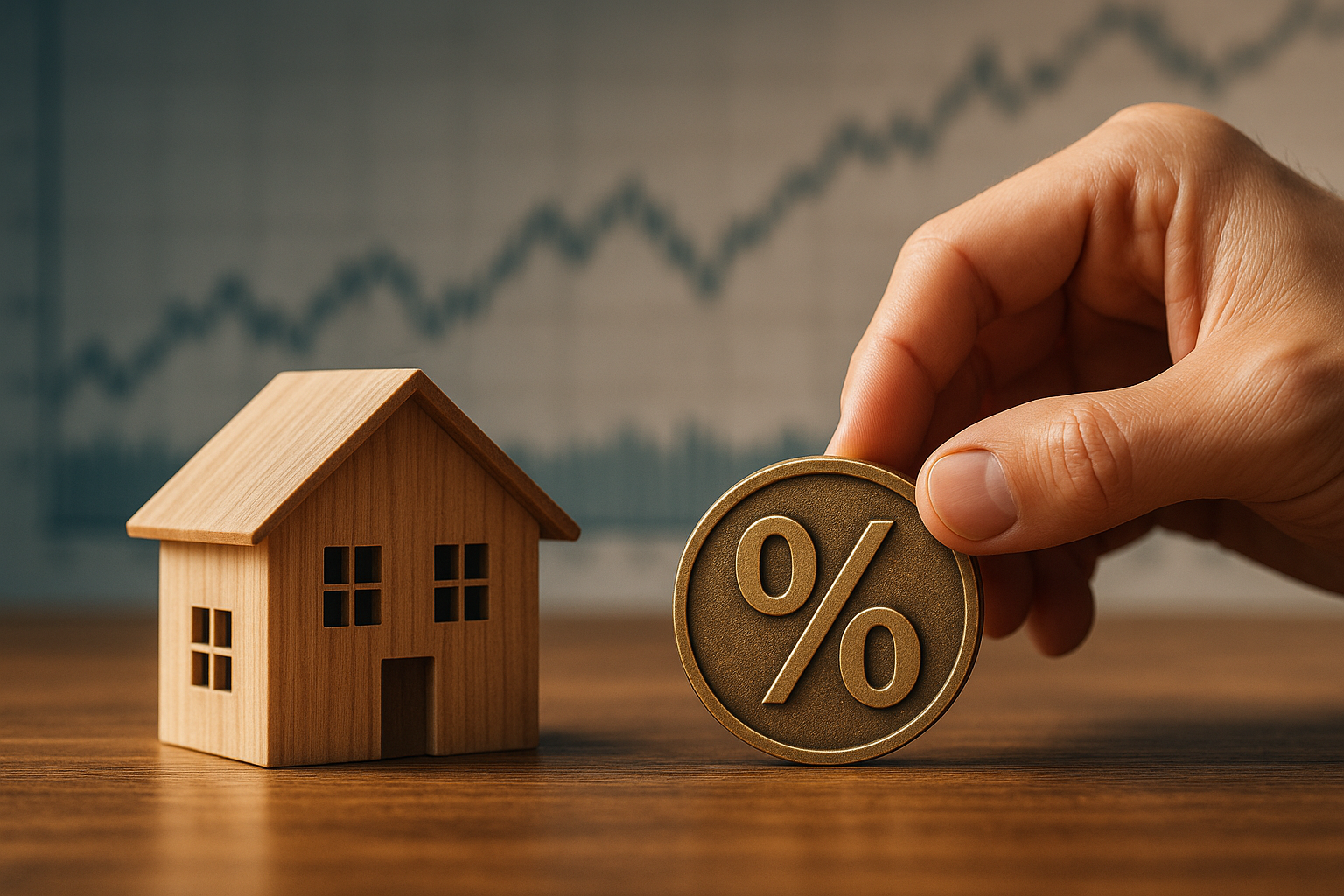Estimating renovation impact on rental income
Renovations can change how much rent a property can command, but the relationship between upgrades, costs, and eventual rental income is not always linear. This article outlines practical steps to estimate the effect of renovations on rental income, covering valuation, financing, taxation, zoning, appraisal, and sustainability considerations.

Renovation projects are often pursued to increase rental income, reduce vacancy, or improve long-term valuation, but accurate estimation requires combining market data, construction budgeting, and financing math. This article walks through the main drivers that translate renovation scope into rental yield changes, highlights common pitfalls, and outlines how to model cashflow and returns in a way that supports investment decisions.
How does renovation affect property valuation?
Renovations alter a property’s valuation by improving condition, aesthetics, and functionality, which appraisers and buyers factor into comparable sales and income-based models. Understanding the local market is essential: modest cosmetic updates may raise perceived value in tight rental markets, while structural or layout changes can unlock higher rents in neighborhoods where larger units or additional bedrooms are in demand. Use recent sales of similarly upgraded properties and local rent comparables to estimate uplift; combine percentage uplifts to the property valuation with replacement-cost approaches to check consistency.
What is the impact on rental cashflow?
Estimating rental cashflow impact requires projecting incremental rent, additional operating expenses, and financing costs. Incremental rent should be based on comparable leased units after similar renovations: consider vacancy improvements, management fees, and potentially higher utilities or maintenance. Model net operating income (NOI) before and after renovations, then compare cashflow by subtracting periodic mortgage or loan payments. A realistic model includes a stabilization period when rents may take several months to reach new levels and a buffer for unexpected repair or tenant turnover costs.
How to factor financing and mortgage costs?
Financing choices—cash, personal loan, HELOC, or construction loan—affect monthly payments, interest expense, and tax treatment. When a mortgage or renovation loan is used, spread costs over the loan term to see the monthly burden and its effect on cashflow. Include origination fees, interest rate differences, and potential changes to loan-to-value ratios that could trigger higher mortgage costs or refinance needs. Sensitivity testing with different mortgage rates and loan durations helps determine how financing shifts the break-even point for rental increases.
How taxes and portfolio considerations change?
Renovation costs may be deductible, depreciable, or capitalized depending on local tax rules and the nature of the work; these treatments alter after-tax returns. For investors with multiple properties, renovations can shift portfolio risk and diversification—upgrades that increase rent may reduce vacancy but could also concentrate value in specific neighborhoods or property types. Consider taxation on incremental income, how depreciation schedules change, and the potential impact on portfolio-level metrics such as cash-on-cash return and net yield.
What role do zoning and appraisal play?
Zoning restrictions and building codes can limit feasible renovations or require permits that add cost and time. Appraisals consider permitted uses and legal compliance; unauthorized changes may not be recognized in valuation models. Before committing, verify zoning changes, allowable unit counts, and local habitability standards. An appraisal that follows both sales-comparison and income approaches will provide a more defensible estimate of how the renovation affects market value and expected rental income.
Real-world cost and pricing insights
Estimating the renovation’s financial impact also requires real-world cost benchmarks. Typical projects range from small cosmetic updates to full-scale remodels, and contractor, loan, and permit costs vary by provider and region. Below is a concise comparison of common financing and service options with illustrative cost ranges; use these as starting points for local quotes and lender offers.
| Product/Service | Provider | Cost Estimation |
|---|---|---|
| Personal home improvement loan | LightStream (SunTrust) | $5,000–$100,000 unsecured loans (rates vary by credit) |
| Home equity loan / HELOC | Wells Fargo | Loan amount tied to equity; interest and fees vary by lender and market |
| Contractor marketplace / matching | Angi | Service fees vary; project costs depend on scope — small jobs $1k–$10k, major remodels $20k–$150k |
| Local licensed general contractor | Local providers | Hourly and per-sq-ft rates vary by region; common range $50–$150+/sq ft depending on finishes |
Prices, rates, or cost estimates mentioned in this article are based on the latest available information but may change over time. Independent research is advised before making financial decisions.
Conclusion
Estimating how a renovation will affect rental income requires integrating market comparables, realistic construction budgets, and financing effects into a cashflow model. Account for appraisal and zoning constraints, factor in tax treatment, and use sensitivity analysis to capture uncertainty. Combining local data with conservative assumptions produces the most reliable estimates for investment decisions related to rental upgrades and long-term portfolio planning.





